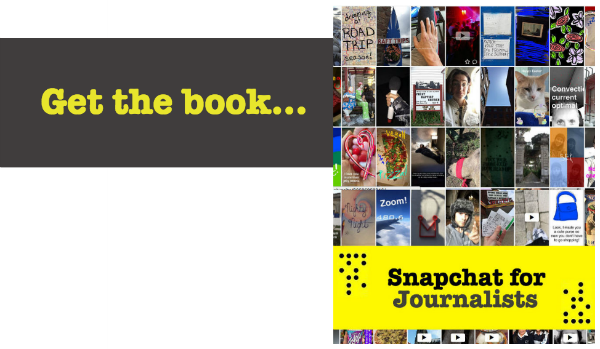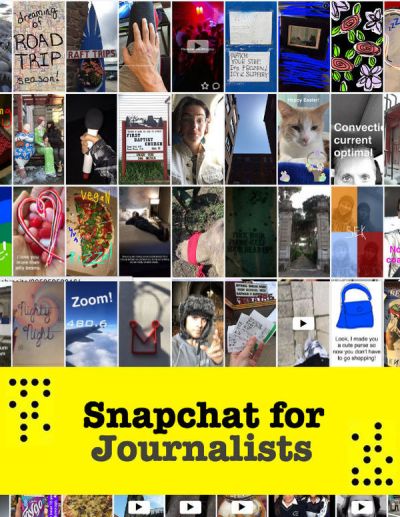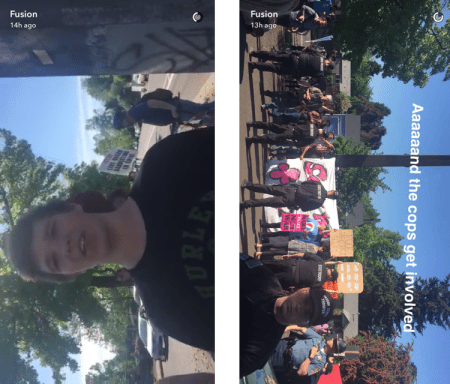
This post is an extract from the book Snapchat for Journalists
Finding Snapchat accounts to follow is harder than it needs to be. There are some directories, such as Snapcodes, but these rely on user submissions. The iPhone app GhostCodes also ‘curates’ lists of accounts by category, but also relies on users giving their own usernames.
You can find some articles highlighting interesting accounts to follow on Snapchat. One useful search phrase to use for finding those is this:
Here are 4 useful techniques for tracking them down.
Method 1: The advanced search
The most obvious approach is to look for some articles highlighting interesting accounts to follow on Snapchat. You can narrow this a little by using search operators like allintitle: (which restricts results to those where the words are in the page title).
One useful search phrase to use with this is: Continue reading





